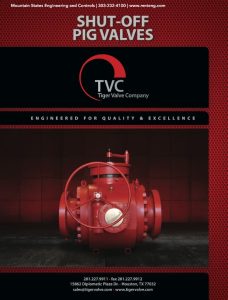- Contact Us
- Call Us
- Menu

Pigging is a method of introducing a mechanical device, commonly referred to as pigs or scrapers, inside a pipeline to perform various internal maintenance operations. The term PIG is said to be an acronym for “Pipeline Intervention Gadget”. “Pigs” mechanically sweep and visually inspect inside of the pipeline. The pig (or scraper) is moved through the pipeline by the differential pressure caused by the process fluid moving past at a higher velocity. The pig is inserted into what is known as a “pig launcher” (or launching station) which is a part of the pipeline with an oversized diameter to accomodate the installation of the pig. The launching station is then closed and the pressure driven flow in the pipeline is used to move the pig down the pipe until it reaches the receiving trap (the pig catcher or receiving station) where it can be removed. Pigs are used daily in the operation of pipelines for a variety of reasons, the most common are: pipe cleaning for improved line efficiency; locating flow obstructions; pipeline inspection; separating different products flowing through the pipeline; corrosion control; air purge; water removal; and flow volume validation.

We want to hear from you! Fill out the form and a representative will contact you shortly.